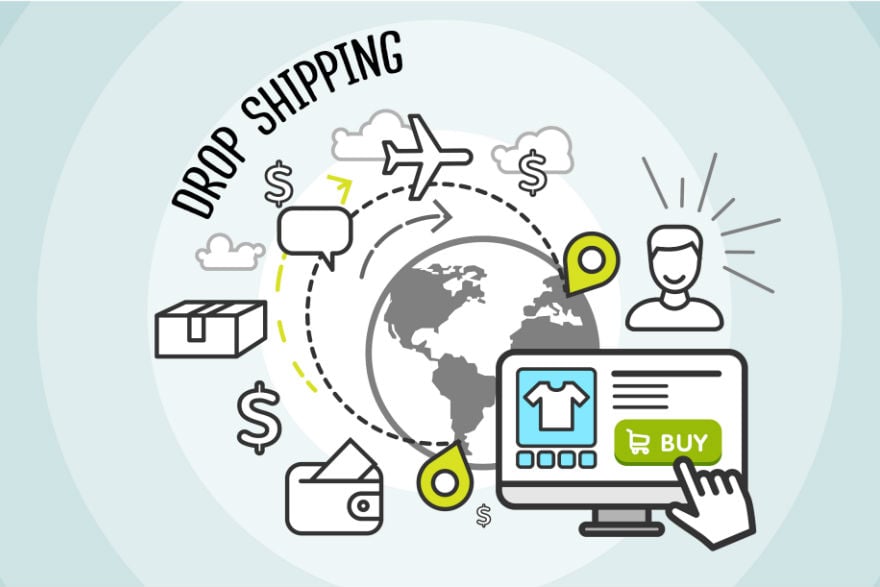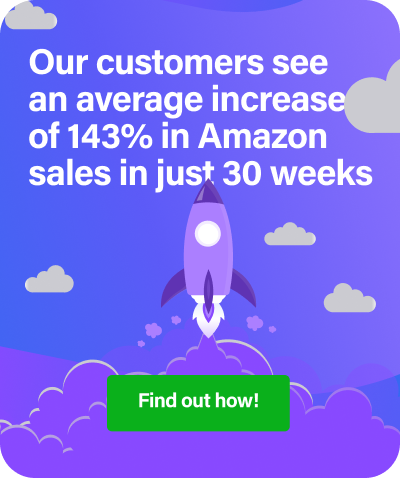Although many ecommerce entrepreneurs see dropshipping as an uncomplicated way to get rich without doing or investing much, it’s not always the case. There’s plenty of competition for your customers as well as the margins and revenue from the products you sell.
You can earn a living drop shipping, even a good one, but that requires you to dig in, learn what to avoid, and get started on a path to growth. Ultimately, you want to use drop shipping as a way to build a brand and a big business.
Getting started on that path is rocky, but the dangers aren’t all bad. Here are a few thoughts on the challenges you’ll face and how to get past them to find yourself with a successful store.
Be Smart About Margins
The biggest argument against dropshipping business models is often that you’re competing almost solely on price. While it’s true that your margins are the chief driver of business, the conversation around price is more nuanced.
Margins are tight often because it can cost a wholesaler a significant amount to give you a drop shipping option. Wholesalers are taking on the storage, protection, insurance, pick, pack, and shipping costs. Wholesalers are already working on small margins and need to do high-volume business to earn well, so there isn’t much room for you to add your margin on top, in most cases.
Margins are also thin because, for the most part, your competition can be nearly unlimited. Wholesalers almost always work with a variety of customers and the ecommerce world is shrinking. Not only are you competing against other sellers on your same platform, but plenty of people start their shopping experience with Amazon, eBay, and others.
4 Ways to Maximise Your Margins
The good news is that there are some product tweaks you can consider to either avoid the tightness of all margins or increase your potential sales volume to improve revenue:
- Focus on a selection of products that aren’t duplicated everywhere else. This will require a lot of phone calls and web research, but you might be able to find a wholesaler who is willing to provide something slightly different than what your competitor offers. For example, you could specialize in jewellery for people who have allergies to some metals. This niche doesn’t want to risk buying a necklace from a company who sells some safe and some dangerous products.
- Do your homework and seek out products with the highest margin potential. These often in the areas of pets and electronics, like Bluetooth speakers and pet water bottles or brushes. Even if you have a lot of competitors, marketing that generates sales will give you greater returns.
- Seek out items that minimize the costs of your wholesalers, such as those that are easy to package, don’t require a lot of filler inside the box, and items that are commonly in-stock. The easier it is to ship for them, the lower your costs.
- Review your sales after a month or so and then look for niche options. Dog-shaped Bluetooth speakers — ‘nuff said.
What it boils down to is seeking goods where you can charge higher prices, looking for areas where you can reduce your costs and those of your supplier, and compensating with volume.
Everyone’s a Competitor
We touched briefly on this above, but there are some other factors about the competition you’ll want to consider. Chief among them is that there are thousands of competitors today, and the list of thousands tomorrow will be drastically different.
Most e-commerce businesses, and most businesses in general, fail. The problem with businesses that use drop shipping is that nearly anyone can set up a store and start filling orders in a matter of hours. Everyone here can access roughly the same set of products.
It gets crowded fast.
The way for you to stand out is to go above and beyond and become the better store for reasons that aren’t purely about your products. You need to give your customers a bit of extra value, and if it’s free to them, that’s even better.
Here are a few things to consider:
- Hyper-focus on a product type and provide the most options at good rates.
- Develop your own ranking system to help customers compare products and be honest about it.
- Include some loss-leaders on your site and pair them with popular items.
- Give your customers educational items around the products themselves. Consider writing an eBook or blog series and emailing this out whenever someone buys. If you’re selling complex products, this can be especially helpful.
- Hyper-optimize your ads to reach small niches. Bring your products to a group that may need them but doesn’t know it yet. Yellow lenses on a pair of sunglasses can help brighten up what you’re seeing, which is especially useful for someone heading out to an early morning of fishing.
There’s something you can add that others don’t. It might take a little time to think about or figure out, but it’s worth the investment.
Building a Brand on Other People’s Products
The last concern we’ll talk about is branding. It’s the opposite side of the coin for competition. Here, you’re competing against the companies that made the products you sell more than anything else.
If I want a wooden watch, I’ll Google that. Then, on the sites that come up, I’ll read about the brands that make these watches and look for reviews of those. Somewhere along the way, I’ll find some stores that sell them, but this isn’t my focus. That’s true for your business and a lot of your products too.
So, how do you compete when you’re making a name off someone else’s?
You provide a better service than anyone else. This starts with your product pages with quality images and descriptions. In our example above, if you give me all the details I was searching for about the company, why would I navigate away?
Follow this with smooth checkout, fast email confirmations, and a “thank you” note. The more you communicate and prepare me for my retail experience, or help me with a problem, the more likely I am to come back to your store.
Communication is key. The better you are at it, the more customers will appreciate it. This includes social media. An active set of social accounts will help people find your store and products plus give you public awareness to your support. Great support wins customers on social.
Remember Your Growth Strategy
Finally, let’s talk about you and your goals. For most companies, dropshipping is a fantastic way to get started. Eventually, however, you’ll consider moving into your own warehouse space to grow and control more of the supply — limiting out-of-stocks and other issues — and a greater share of the total revenue.
When you reach this stage, you can look for your own site or consider third-party fulfilment services that are designed to run a whole warehouse and ship goods to your customers, with guaranteed delivery services. This is slightly different than your current setup because you can control the branding and products, while your fulfilment partner handles the last mile.
It is a good stepping-stone to running an entire operation yourself because you’ve gained control over the branding on boxes and more but aren’t yet having to own the storage space you need. You will assume more costs but also get greater details about goods, such as knowing the dimensions that 100 units require, which is invaluable information to have before you purchase a location, get a warehouse team, and try to run a new operation.



